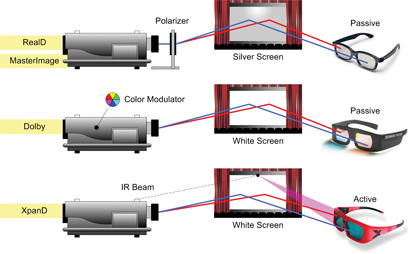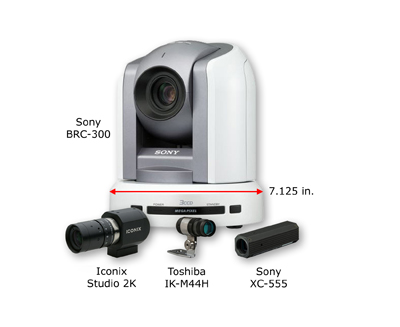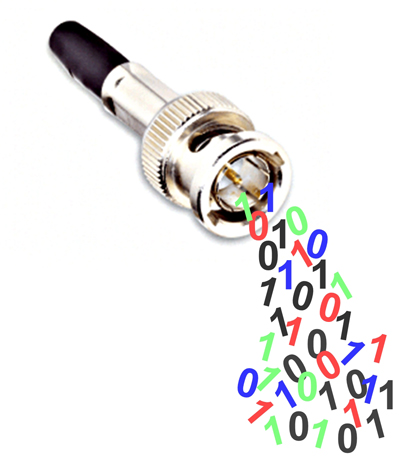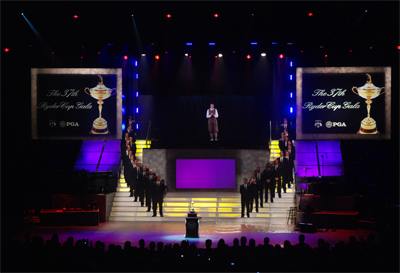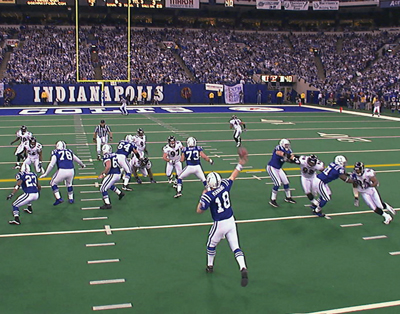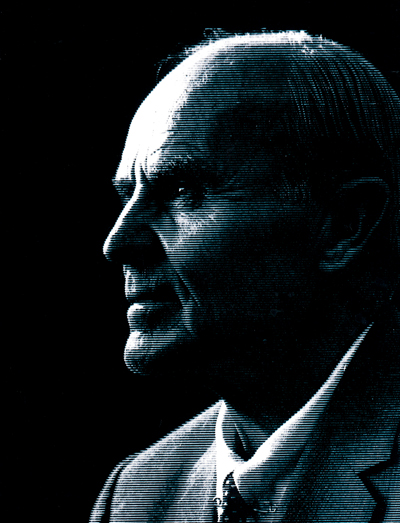Achieving Consistent Color Throughout Your Workflow
For want of a better phrase, call it the sports-bar syndrome. Yep, every monitor on the wall looks a bit different, yet they're all showing the same game. The football gridiron's too yellow over there, and too red over here. And why is Terry Bradshaw so green?

